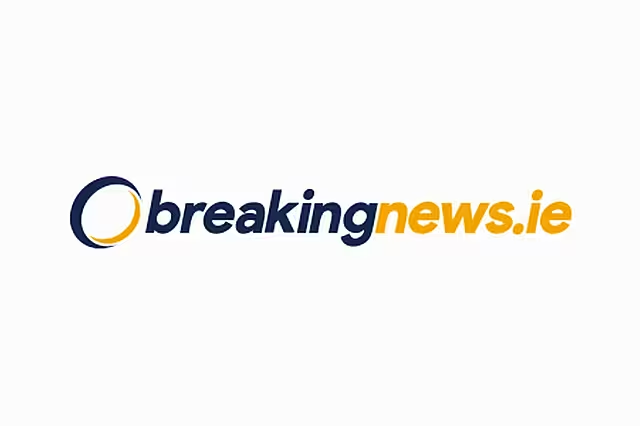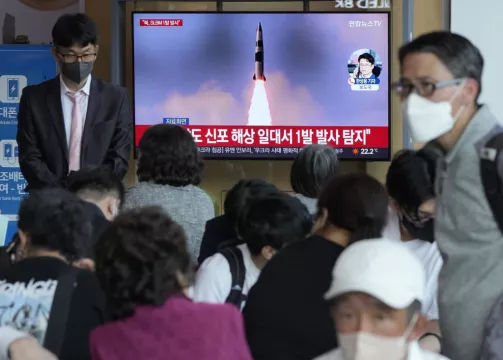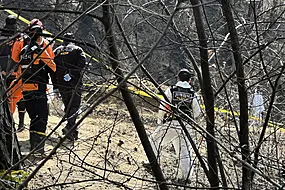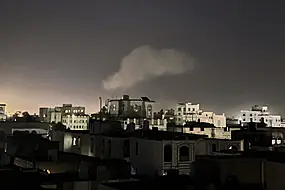North Korea has fired a suspected ballistic missile designed to be launched from a submarine, South Korea’s military said.
The apparent move continues a provocative streak in weapons demonstrations that may culminate with a nuclear test in the coming weeks or months, experts believe.
South Korea’s joint chiefs of staff said the launch occurred from waters near the eastern port city of Sinpo, where North Korea has a major shipyard building submarines. It was not revealed how far the missile flew.

It is also unclear whether the launch would have involved an actual submarine or an underwater test platform.
Japan’s defence ministry also confirmed the launch, but it did not immediately release flight details.
The Japanese Prime Minister Fumio Kishida ordered officials to prepare for all “unforeseeable situations” and secure the safety of aircraft and ships, but there were no immediate reports of damage.
The launch was apparently North Korea’s first demonstration of a submarine-fired ballistic system since October last year when it test-launched a new short-range missile from the 8.24 Yongung – its only known submarine capable of firing a missile – in what was its first underwater test launch since 2019.

The launch came three days after the South Korean and Japanese militaries detected the North firing a suspected ballistic missile from near its capital, Pyongyang, on Wednesday, and three days before the inauguration of South Korean President-elect Yoon Suk Yeol, who has vowed to take a tougher approach over the North’s nuclear ambitions.
The latest launch was likely North Korea’s 15th round of missile firings this year, including its first test of an intercontinental ballistic missile (ICBM) since 2017 in March that demonstrated potential range to reach the entirety of the US mainland.
North Korea has been clearly exploiting a favourable environment to push forward its weapons programme, with the UN Security Council divided and effectively paralysed over Russia’s war on Ukraine.

The unusually fast pace in testing activity underlines a brinkmanship aimed at forcing the United States to accept the idea of the North as a nuclear power and remove crippling sanctions, experts say.
There are also signs that North Korea is restoring tunnels at a nuclear testing ground, where it had conducted its sixth and last nuclear test in September 2017, in possible preparations for another explosive test.
Analysts say the North could use another nuclear test to claim it acquired an ability to build small nuclear warheads that could arm its expanding range of shorter-range weapons threatening South Korea and Japan, or form a cluster of bombs on a multi-warhead ICBM.
North Korean leader Kim Jong Un has punctuated his recent missile tests with statements warning that the North could proactively use its nuclear weapons if threatened or provoked, which experts say possibly portends an escalatory nuclear doctrine that would create greater concerns for South Korea and Japan.







